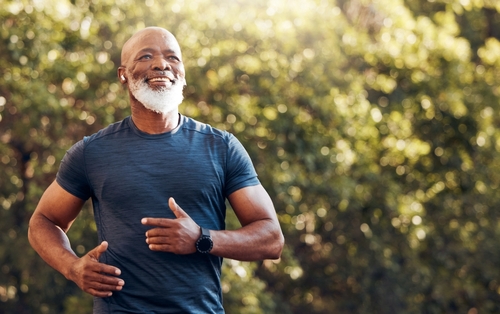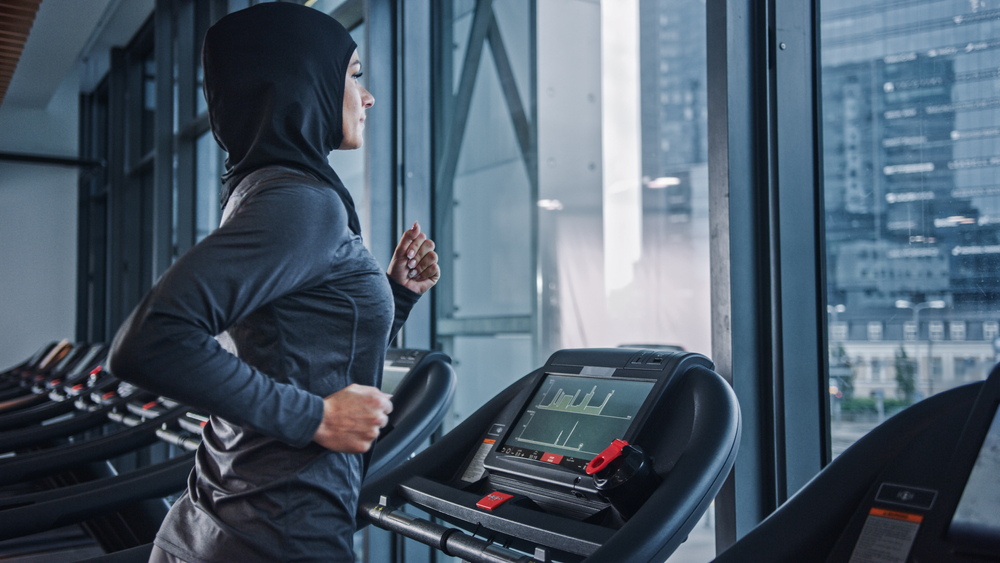A Guide to The Best Time to Exercise in Ramadan

Ramadan is a time of spiritual reflection, self-discipline, and community. For those who are committed to maintaining their fitness routine during this holy month, the question often arises: What is the best time to exercise in Ramadan? Balancing fasting with physical activity requires careful planning, mindful choices, and a good understanding of how the body responds to different types of workouts.
This article provides valuable Ramadan exercise tips, explores hybrid exercises, and highlights the best time to exercise in the morning or evening to maximize benefits while ensuring safety.
Understanding Health Habits During Ramadan
Maintaining healthy habits during Ramadan is essential to ensure that fasting does not negatively impact your overall well-being. With long hours of fasting, the body undergoes metabolic changes that affect energy levels, hydration, and endurance.
To stay active without compromising health, it is crucial to adopt smart exercise strategies that align with your body’s natural rhythm and needs. Staying hydrated by drinking plenty of water between Iftar and Suhoor is essential.
A balanced diet rich in protein, healthy fats, and complex carbohydrates helps sustain energy levels, while getting enough sleep supports recovery and prevents fatigue. Avoiding excessive caffeine or sugary drinks is also important, as they can lead to dehydration and disrupt hydration levels throughout the day.
Best Times to Exercise During Ramadan
Choosing the right time to exercise in Ramadan can make a significant difference in your energy levels and workout performance. If you prefer to start your day with exercise, working out before Suhoor can be beneficial. At this time, your body is still hydrated, and you can fuel yourself with a pre-workout meal. However, this period is best suited for light cardio, yoga, or stretching, as intense workouts may lead to dehydration later in the day.
Some people prefer working out right before Iftar, as they can immediately replenish lost fluids and nutrients after breaking their fast. This period is ideal for low-intensity workouts such as walking, light jogging, or resistance training. However, it is important to monitor energy levels closely, as fasting may cause fatigue and dizziness.

After Iftar is considered the best time to exercise in Ramadan, as the body is rehydrated and refueled. Training after Iftar allows for a more effective workout session with better endurance and strength. Strength training, hybrid exercises that combine strength and cardio, and high-intensity workouts are well-suited for this time. However, it is recommended to wait at least one to two hours after eating before starting a workout to avoid discomfort.
For those who prefer working out late at night, exercising before bed can be effective, especially for strength training. This allows for muscle recovery overnight while ensuring hydration. Strength training, bodyweight exercises, or a short HIIT session can be performed at this time, but overly intense workouts should be avoided as they may interfere with sleep quality.
Types of Exercises to Consider During Ramadan
Choosing the right workout during Ramadan is crucial to maintaining fitness without overexertion. Hybrid exercises are an excellent choice for Ramadan workouts as they maximize results in a shorter duration. These movements combine multiple muscle groups in one exercise, enhancing efficiency and effectiveness.
Squat-to-press
- This exercise engages the lower body while incorporating an overhead press to target the shoulders and arms.
Lunge-to-curl
- A combination of lunges and bicep curls that strengthens the legs and arms simultaneously.
Deadlift-to-row
- This movement integrates a deadlift to engage the posterior chain with a row to work the back and biceps.
Burpee variations
- A high-intensity full-body exercise that includes squats, push-ups, and jumps to boost endurance and strength.

In addition to hybrid exercises, low-intensity cardio activities such as walking, cycling, or slow jogging help maintain cardiovascular health without putting too much strain on the body.
Strength training focusing on bodyweight exercises or resistance training helps preserve muscle mass during fasting. Exercises such as push-ups, squats, lunges, and planks are effective and manageable.
Yoga is also highly beneficial in Ramadan as it helps with flexibility, relaxation, and stress relief. Practicing yoga postures and breathing exercises can improve circulation and reduce muscle stiffness.
Monitoring Your Vitals: Keeping Your Heart Rate in Check
Exercising while fasting requires careful attention to your body’s signals. Monitoring vital signs, such as heart rate, is essential to prevent exhaustion or dehydration. Using a fitness tracker can help keep an eye on your heart rate and avoid overexertion. Maintaining a moderate-intensity workout, aiming for 50-70% of your maximum heart rate, is advisable. Watching for warning signs such as dizziness, nausea, or excessive fatigue is crucial, and exercise should be stopped if needed.
Choosing the Right Sports Attire During Ramadan
Wearing the right sportswear can enhance comfort and performance during workouts. Breathable fabrics made from moisture-wicking materials help keep sweat away and maintain body temperature. Loose and lightweight clothing prevents overheating and allows for better movement. Supportive footwear is necessary, especially for running or high-impact workouts, to ensure proper support for the feet. Layering is also a good approach, especially for those exercising in air-conditioned spaces, as it allows for temperature regulation during workouts.
Sportswear on 4Sale
Exercising during Ramadan is entirely possible with the right approach and planning. By listening to your body and making mindful adjustments, you can stay fit, energized, and spiritually connected throughout the holy month of Ramadan, however it’s crucial to choose the right attire during exercising to support. You can find a variety of options for sportswear on 4Sale, check both the app and the website now. Happy fasting and happy training!



